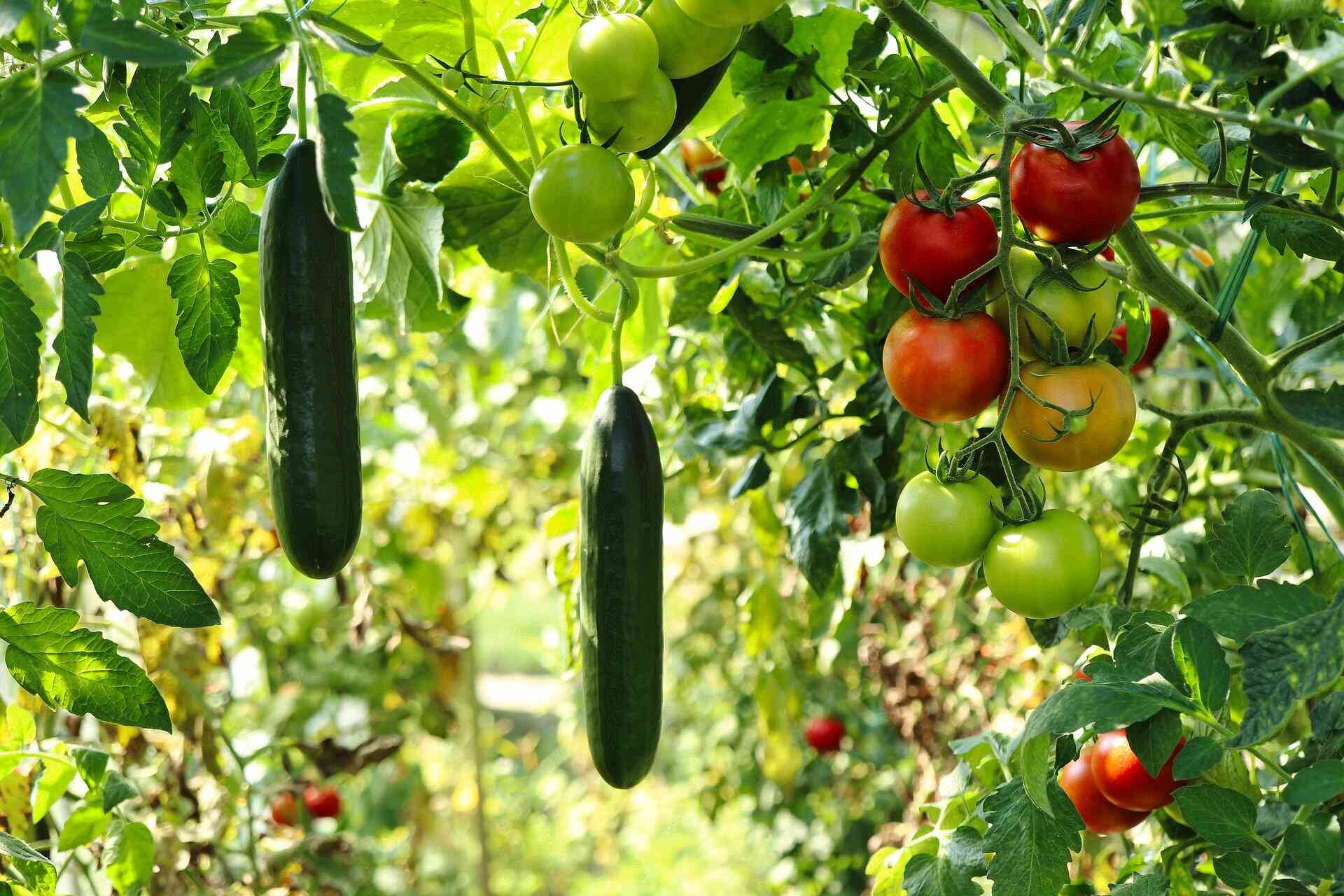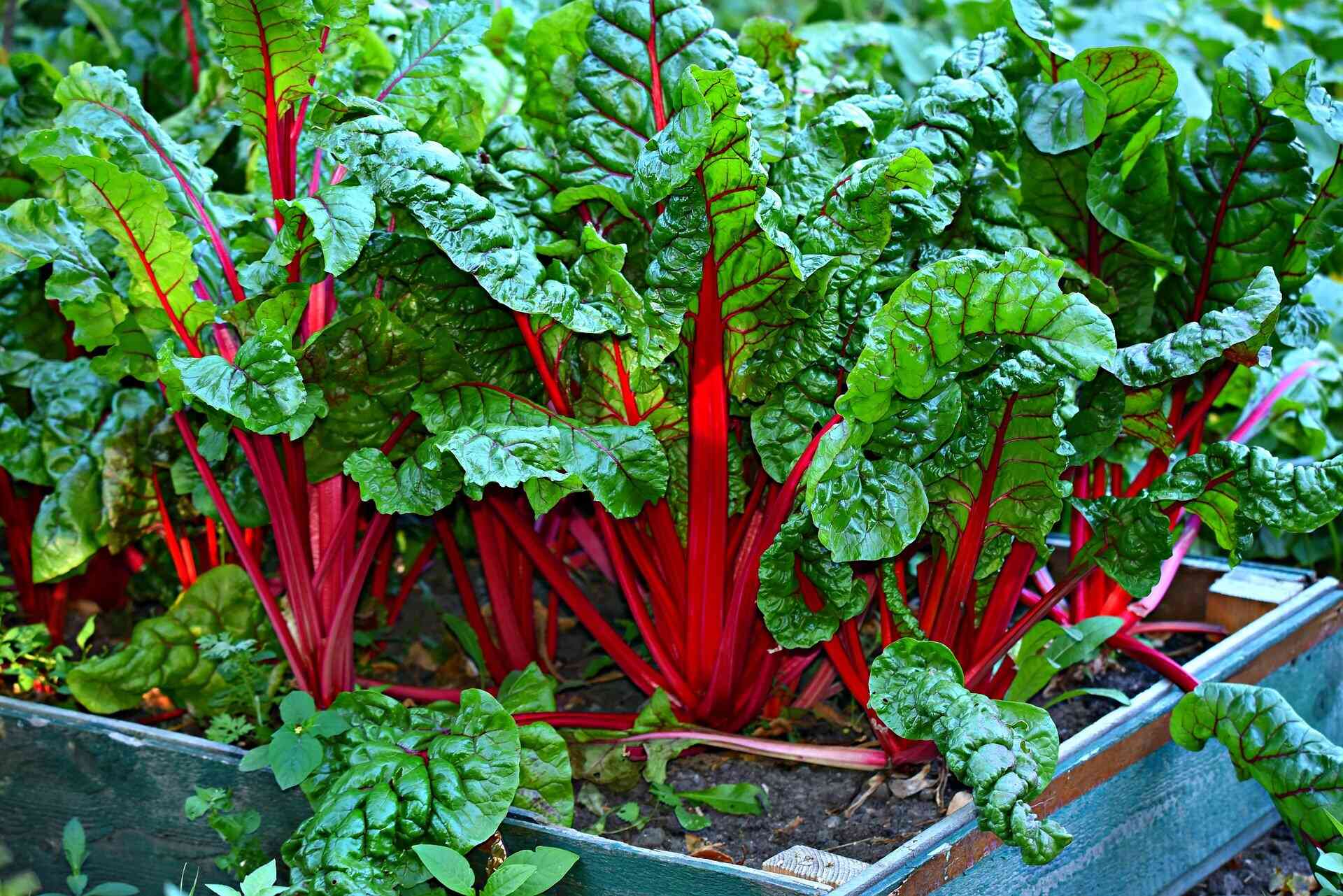Plan Your Gardening Calendar & Grow Healthy Plants Year-Round.
Ever tried planning a gardening calendar? We rounded up expert tips to being you the perfect timetable!
Wondering what is a gardening calendar? It’s simply figuring out the most suitable conditions for the various plants you wish to grow so that you can ensure their best health! Organic gardeners simply follow the clues that nature provides us to plan and create a gardening calendar, believes Hamsini Murthy, an environmentalist and gardening enthusiast. Here’s her easy guide to preparing a gardening calendar to make life easy for all plant parents and to help them grow healthy plants.
Step 1: Germination - To make sure your plants grow well, you’ll need to ensure the best germination which depends on the following factors.
Seed quality: The first thing you need to be watchful of is the seed quality. Almost all seeds, to a certain extent, need to be dried up so that they harden a little to protect the life that is within them. That’s a great way to understand which seed will sprout. The only exceptions would be seeds of potatoes, onions and garlic.
Soil quality: Most seeds like that of the tomatoes or brinjals can’t be put into a pot directly and require a transplant for good germination. You need loose soil for this. The soil in which you germinate has to be in tissue paper with water or you can use cocopeat to get loose soil to allow the tender roots to grow well.
Temperature: For appropriate germination, the temperature has to be warmer. The ideal temperature for good sprouting has to be between 27 degrees to 35 degrees.
Moisture: The seeds need to have enough moisture to swell up. It will help the roots to come out of the hard seed coat and the stem will grow out from there and germinate.
Step 2: Transplanting
To achieve good transplanting, you’ll need to follow these steps.
1) Remove the plant gently from its pot and make sure you don’t hurt the roots or the plant.
2) Inspect the roots. If roots cover the soil completely, tease them gently apart. If they are concentrated too heavily at the bottom of the pot, loosen them thoroughly.
3) Place the plant in an already prepared hole or larger pot depending on the plant. The plant should sit at any soil level, or a little higher if your soil is loose or sandy.
4) Firm the soil around the plant with your hands. You can also ensure the stem has enough support by putting a stick to hold the stems together.
5) Water well. Watering will encourage the plant’s roots to grow into the soil. It also helps the plant to settle firmly into its spot.

Step 3: Maintenance
1) Get enough sunshine for your plants. Turn the plant around occasionally because all the leaves need sunlight.
2) Once a month check for plant diseases.
3) Talk to your plants, sing around them. These make the plants happy and grow healthy.
4) Clean the leaves occasionally as they are the kitchens of the plant and they will be absorbing the nutrients for the plants. You can use 1 teaspoon of neem oil, mix it with 1 litre of water and spray it on the leaves.
5) Add a little bit of plant food to the pot at suitable times. Also, use a pot with a hole to avoid water logging in the roots.
Gardening Calendar - The Do’s and Don’ts, Month By Month
January
- It is the month of no sowing but only reaping.
- Prepare your soil at this time by adding manure for the first 15 days.
- If you have a sunny spot at home, you can sow melons, cucumber, and perennials like palak, methi, tomatoes, carrots, etc.
- You can’t sow flowers in this season. However, the moisture in the air is good for grafting. You can transplant succulents, go for the flowering of roses, geraniums, dahlias, all bulb flowers, etc.
- This is a good time to add cow manure, perlite and organic manure to prepare for the upcoming planting season.
- After January 15, you can lay out gourd and pumpkin seeds, seeds of red chillies, tomatoes and ladies' finger for drying.
February to March
- It is the major sowing season.
- You can put back soaked turmeric and ginger for next year’s crop.
- You can sow gourds of all kinds and pumpkins, tomatoes, ladies finger, brinjal and French beans (towards March-end).
- The month of February is preparation for spring and you’ll find lots of flowers, bees, insects, etc. So, you spray diluted neem oil only twice this season.
- Do not add Gaumutra, Panchagavya much to the soil after February 20 till the end of March.
- If you sow sunflowers, corn, marigold, table roses, and tulsi in February, they will flower for the next 3 to 5 months.
- In March, try growing coriander and herb plants like mint, basil, etc.

April to May
- This is the gardening season for all chillies (capsicum and red chilli), all greens, tomatoes, tendi, etc.
- This is flower planting season for Chrysanthemums, Jasmine, Indian Roses and Lotus.
- During this season, money plants, coleus, crotons and sun-loving plants will grow inside the house easily.
- This time your plants require minimal maintenance and lots of water.
- It is a good time to add a low or definite shape to the hedges.
June to July
- This is the nest time for grafting, repotting of all big plants, and tie-up plants, especially the gourds so they do not rot.
- Add new soil, more cocopeat.
- All seeds will sprout now, especially Solanaceae (tomato, brinjal, chilli varieties). So, it is a good time for new gardeners.
- Ensure you do not overwater your plants.
- By the end of July and August, plan to remove all old plants and prepare beds for winter.
August, September and October
- The second set of insect onslaught happens at this time. Plants easily catch black and white mealy bugs, beetles, snails, and bug eggs.
- Inspect plants carefully. Treat both leaves and soil for bugs as the ground is filled with falling leaves.
- Add NPK, organic compost, etc. to the soil as this is the time to sow all winter vegetables which are grown underground.
- This is the sowing season for cauliflower, carrot, beetroot, cabbage, radish, mustard, fennel, potatoes, onions, garlic, ginger, sweet potatoes, etc.
November to December
- This is the season for growing beans like sugar snaps, string beans, rajma, moong, etc. Also, greens like lettuce, capsicum, cabbage, broccoli, cabbage (you can grow green onions or garlic to keep away bugs), palak, mustard, fennel, etc.
- All reddish varieties, carrots, beets and turnips can be harvested and replanted at least thrice in these months.
- Sweet potatoes can be harvested and replanted.
- For an ornamental garden, remove and soak seeds in water for two days and plant them for winter bloom.
- Add rose mix, perlite or Epsom salt to flowering plants.
- Propagate cactus and fern varieties.
- Move crotons, coleus and begonia plants to a sunny spot (as they don’t like cold).
- Beware of blanket worms. Make sure to smoke them out at first sight.
Hope now you have enough to plan your gardening calendar. Happy Gardening and do share your own tips with us on connect@silvertalkies.com!
Comments
You may like to read:

Living
Advanced Medical Directive: Taking control of end-of-life decisions (Part 1)

Silver Talkies
5 mins read

Living
Advanced Medical Directive: How end-of-life decisions can be executed (Part 2)

Silver Talkies
6 mins read

Living
How Do We Best Photograph Ageing in 21st Century India?

priyanka borpujari
16 mins read

Post a comment